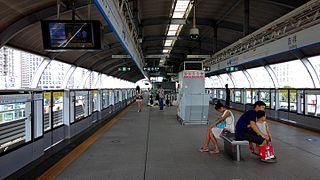
Jixiang station, is a station of Line 3, Shenzhen Metro. The station opened on 28 December 2010. It is located in the south of Ailian village. There are 5 ticket vendors in Jixiang Station.
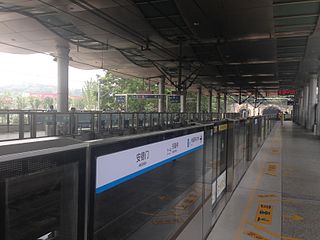
Andemen station, is a transfer station of Line 1 and Line 10 of the Nanjing Metro. It started operations on 3 September 2005 as part of Line 1's Phase I that ran north to Maigaoqiao; the previous branch of Line 1 from this station to Olympic Stadium was re-designated as Line 10 when that line opened on 1 July 2014, and Andemen became the eastern terminus of Line 10.

Huashenmiao station, is a station of Line 1 of the Nanjing Metro, named after the nearby Ming-era Huashen Temple. It began operations on 28 May 2010, as part of the southern extension of line 1 from Andemen to CPU.

Hedingqiao station, is a station of Line 1 of the Nanjing Metro. It began operations on 28 May 2010, as part of the southern extension of line 1 from Andemen to CPU.

Shengtailu station, is a station of Line 1 of the Nanjing Metro. It began operations on 28 May 2010, as part of the southern extension of line 1 from Andemen to CPU.

Xiaolongwan station, is a station of Line 1 of the Nanjing Metro. It began operations on 28 May 2010, as part of the southern extension of line 1 from Andemen to CPU.

Longmiandadao station, is a station of Line 1 of the Nanjing Metro. It began operations on 28 May 2010, as part of the southern extension of line 1 from Andemen to CPU.

China Pharmaceutical University station, is a station of Line 1 of the Nanjing Metro. It began operations on 28 May 2010, as part of the southern extension of line 1 from Andemen to this station. The rail depot for the southern extension of Line 1 is located to the west of the station.

Xi'anmen Station, formerly Yixianqiao station during planning until 2007, is a station of Line 2 of the Nanjing Metro. It is named after the former gate known as Xi'anmen of the Ming Palace, and started operations on 28 May 2010 along with the rest of Line 2.
Nanchan Temple Station, is a metro station of Line 1, Wuxi Metro. It started operations on 1 July 2014.
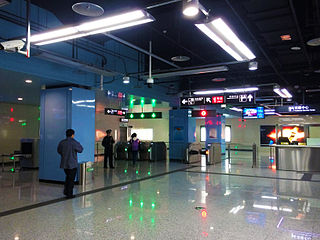
Tanduqiao Station, is a metro station of Line 1, Wuxi Metro. It started operations on 1 July 2014.
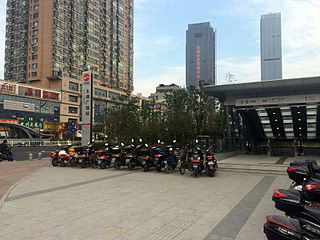
Taihu Square Station, is a metro station of Line 1, Wuxi Metro. It started operations on 1 July 2014.

Qingmingqiao Station, is a metro station of Line 1, Wuxi Metro. It started operations on 1 July 2014.

Huaqingdaqiao Station, is a metro station of Line 1, Wuxi Metro. It started operations on 1 July 2014.

Yangming Station, is a metro station of Line 1, Wuxi Metro. It started operations on 1 July 2014.

Xiaotaoyuan Station, is a metro station of Line 2, Wuxi Metro. It started operations on 28 December 2014.

Helikou Station, is a metro station of Line 2, Wuxi Metro. It started operations on 28 December 2014. It will be a station of Line 4.

Wu'ai Plaza Station, is a metro station of Line 2, Wuxi Metro. It started operations on 28 December 2014.

Jinghai Station, is a metro station of Line 2, Wuxi Metro. It started operations on 28 December 2014. It will be a station of the future Line 3.
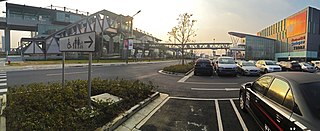
Yunlin Station, is a metro station of Line 2, Wuxi Metro. It started operations on 28 December 2014. The station is near Wuxi IKEA Store, B&Q, Decathlon.






















